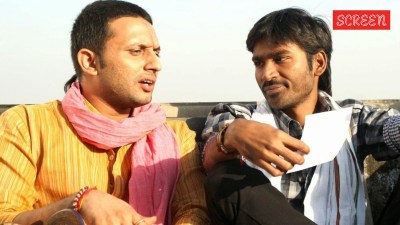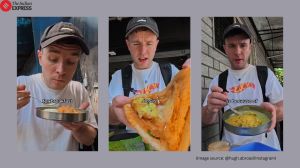The cup that cheers Coppola
Making a cup of espresso comes closer to perfection than films for the epic film-maker

IT does not come as a surprise to hear that Francis Ford Coppola loves his espresso. You just assume it takes a good shot to shoot a good take.
Coppola’s latest film, Youth Without Youth, which opened last Friday in the US, centres on a 70-year-old professor who is struck by lighting, whereupon his ageing brain is supercharged. It is tempting to speculate that the 68-year-old director’s affinity for the subject matter might have been generated by a fantasy about the world’s biggest cup of joe.
Truth be told, once the piquant, frothing brew spits and burbles out of the machine into a dainty little cup, Coppola’s interest in it wanes. He gladly hands it over to an onlooker. “I enjoy a good cup of coffee in the morning,” he said, “but I’m not supposed to overdo it.”
And when he starts talking about espresso, you understand why: it’s a contact high. Long fascinated with the curious process that makes espresso the heady brew it is, Coppola has owned as many as 300 machines. Yes, 300. He bought his first machine in 1968 or so, and since then has bought them for houses, sets, offices, apartments.
He has an early favourite, a large, silvery old-fashioned machine for the first offices of American Zoetrope Studios, his production company. But, caring as little for sentiment in his coffee as for sediment, he prefers to brandish his latest prize: Illy Francis Francis X7 which makes a great cup of espresso. (No, it is not named for him.) “I love human ingeniousness,” he said, “I believe in anything that gets as close to perfection as possible.”
As he fiddles with the capsule, which looks like a small part from the space shuttle, it is easy to imagine him as the boy scientist who, as he recalls, took everything apart to figure out how it worked and often could not put it back together.
The X7 is not yet sold in stores; it is scheduled to go on sale in April, for $699. But Coppola’s espresso zeal has led to a bond with the Illy company, so he received one in advance.
With his more well-known pursuits, making movies and wine, “there are a million variables”, Coppola said. What is engaging about the machine is that with just a few variables—the coffee and water; the mechanics of heating and forcing water through the grounds in just the right way—making espresso is an almost mathematical exercise in the pursuit of perfection. And it happens to make a very good espresso.
-David Colman (NYT)
- 01
- 02
- 03
- 04
- 05































